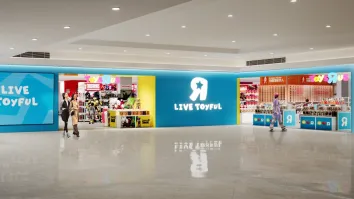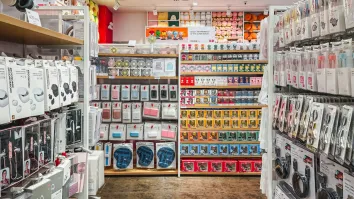Asian big-box retailers forecast to grow 3.5% a year until 2021
Although growth in large grocery formats are coming under pressure, large formats still have a key role to play in shaping the future of modern trade in Asia over the next five years.
Asia’s leading big-box, or large-format, grocery retailers are expected to grow on average 3.5% a year between 2016 and 2021, according to new figures released by IGD, the international grocery research organisation.
Although growth in large grocery formats varies significantly across the region and, as in other markets around the world, are coming under pressures due to growth of other retailer channels and changing shopper behaviour, these numbers show that large formats still have a key role to play in shaping the future of modern trade in Asia over the next five years.
Nick Miles, head of Asia-Pacific at IGD, says: “When the first modern trade retailer broke into the Asian market in the early 1990s with hypermarket and supermarket formats, we expected traditional trade, largely made up of family-owned grocery chains and small independent stores, to be gradually eliminated.
“However, 30 years on, traditional trade is still going strong in most of the region and the shape of retail is changing once again. Online grocery shopping is starting to gain a foothold across all markets and convenience stores are seeing a surge in growth too — often at the expense of big-box formats.”
Nevertheless, big-box stores still have a critical role to play. Miles points out that in markets where modern retail is starting to take off, large format is still the go-to option for retailers to enter the market and create excitement among shoppers. “Whereas in markets where modern trade is already well established, retailers are on the front foot by repurposing these stores so that they are fit for future requirements,” he adds.
One of the key challenges facing large-format grocery retailers is rising property prices and increasing levels of competition. Retailers in markets such as Thailand and China have been quick to respond to this test, slowing down new space growth to focus more investment on existing stores, downsizing their stores, plus converting space into malls, with complimentary retail and foodservice offerings that are targeted at families, Miles explains.
He continues: “With plenty of scope for modern trade growth, there remain great opportunities for Asia’s big-box retailers — and their suppliers— who can engage cleverly and in a meaningful way with their shoppers. AEON, Walmart and Auchan are the top three hypermarket and supermarket retailers in the region, driven by strong store networks in Japan and China. However, domestic players are also developing a strong presence, with home-grown retailers such as Yonghui and SM Retail growing quickly in China and the Philippines, respectively.
Big-box retailers could consider a number of different tactics to encourage greater engagement with their shoppers, Miles advises. “One way would be to create a real sense of excitement about grocery shopping, which can be very hard to replicate online. Running chef demos or competitions in-store can boost brand appeal, [while] celebrating unique dates or anniversaries can in turn be used as an opportunity to trial new products.”
“Social media is another great way to engage with shoppers — new launches, in-store events and food fairs could grab lots of attention through digital media sites, if done properly,” he concludes.



















 Advertise
Advertise








